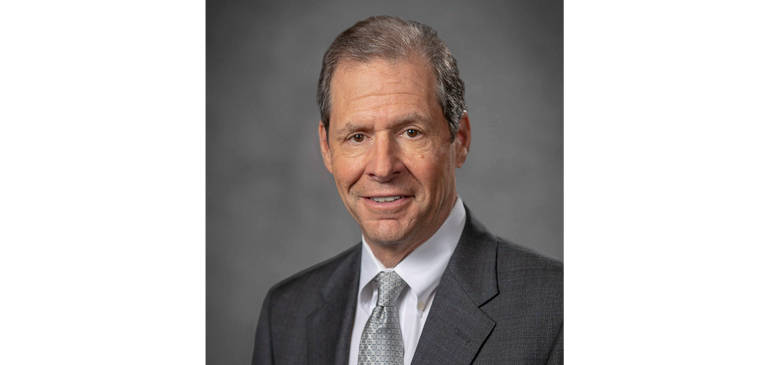On Nov. 8, 1895, Wilhelm C. Röentgen produced the first pictures using X-rays, giving birth to radiography. In 1901, he was awarded the first Nobel Prize in Physics for his discovery. Since 2012, Nov. 8 has been commemorated as the International Day of Radiology — a joint initiative of the European Society of Radiology, the RSNA, and the ACR, supported by the International Society of Radiology (ISR), and with contributions by organizations across the globe such as the Asian Oceanian Society of Radiology, the Colegio Interamericano de Radiología, the Royal Australian and New Zealand College of Radiologists, and the Radiological Society of South Africa.
While the focus and resources of the ACR will always be dedicated to representing radiology and members in the U.S., we acknowledge that the impact and influence of our profession does not end at our borders. For example, the ISR plays a key function in representing our specialty to world organizations such as the WHO and the International Atomic Energy Agency. We are ably represented in the ISR leadership by Geraldine B. McGinty, MD, MBA, FACR, Donald P. Frush, MD, FACR, and Bibb Allen Jr., MD, FACR.
We are all committed to advancing the health and well-being of our patients through medical imaging and imaging-based care and interventions. Manufacturers from around the world continue to provide technology and services on an international scale. There have been landmark endeavors in which we have come together to advance the profession globally. For example, the Lancet Oncology Commission on Medical Imaging and Nuclear Medicine presented results from the first-ever comprehensive effort to quantify imaging and nuclear medicine resources worldwide.1 During the COVID-19 pandemic, studies from around the world contributed to our collective research and experiences as we worked to protect our colleagues — while providing critical medical imaging for our patients. Especially in the U.S., we are seeing an increasing number of articles and research contributions from international centers. In addition, the larger radiology conferences are drawing more diverse international attendees, even in virtual and hybrid formats. For instance, RSNA 2019 drew more than 51,000 attendees from 116 countries. We can only guess at how the meetings landscape will change post-pandemic, but interest in meeting together as international colleagues clearly remains high.
This message of the shared international experience is being conveyed by radiology communities around the world. Now, with AI, we are sharing experiences with module development and implementation on an international scale as we learn together how new technology can help us deliver safe and effective care. We stand together to espouse the ethics of AI in radiology through international, multisociety statements produced by the ACR, the European Society of Radiology, the RSNA, the Society for Imaging Informatics in Medicine, the European Society of Medical Imaging Informatics, the Canadian Association of Radiologists, and the American Association of Physicists in Medicine. In a recent European survey, 100% of the respondents agreed that it is imperative that radiologists be involved in AI system development and validation.2
Raising the international awareness and profile of radiology benefits our profession and our patients. For instance, this year, during World Patient Safety Day on Sept. 17, the WHO teamed up with the ISR to feature a webinar on “Safer Maternal and Newborn Care: the Role of Ultrasound.” Also, the ACR’s Radiology Leadership Institute® is working with the ISR on a course to help radiologists in Sub-Saharan Africa build their leadership skills.
Many partner organizations around the world, including the European Society of Radiology, are launching CDS programs to protect patients and limit unnecessary imaging. International radiology societies are working together to provide imaging capabilities in middle- and lower-income countries.3 National and regional quality and safety campaigns are raising standards throughout the world. Contributing societies to these campaigns include AfroSafe, ArabSafe, Canada Safe Imaging, EuroSafe Imaging, Image Gently®, Image Wisely®, Japan Safe Radiology, and LatinSafe.
On Nov. 8, radiology providers around the world will pause to recognize the historic achievement of Wilhelm C. Röentgen. Let’s take the opportunity to raise awareness of this day and its significance for our patients and other stakeholders. Röentgen’s discovery facilitated the development of an international community dedicated to advancing the science of medical imaging and radiation-based therapies and interventions.

